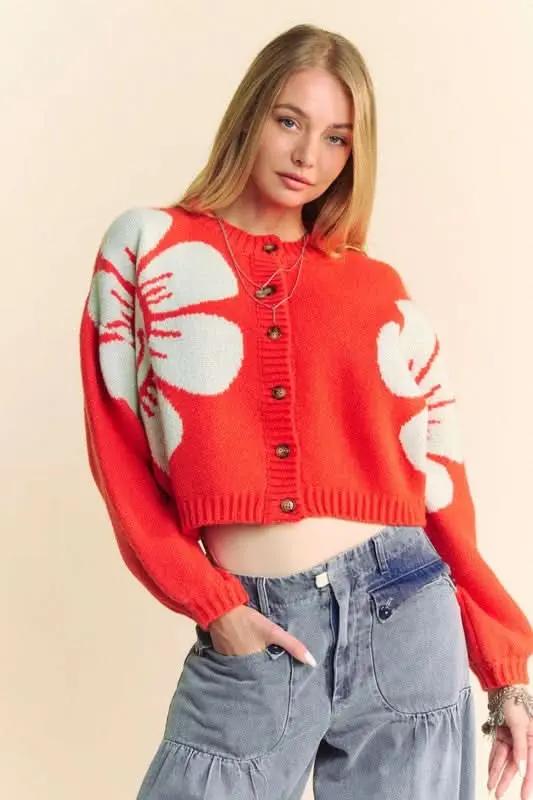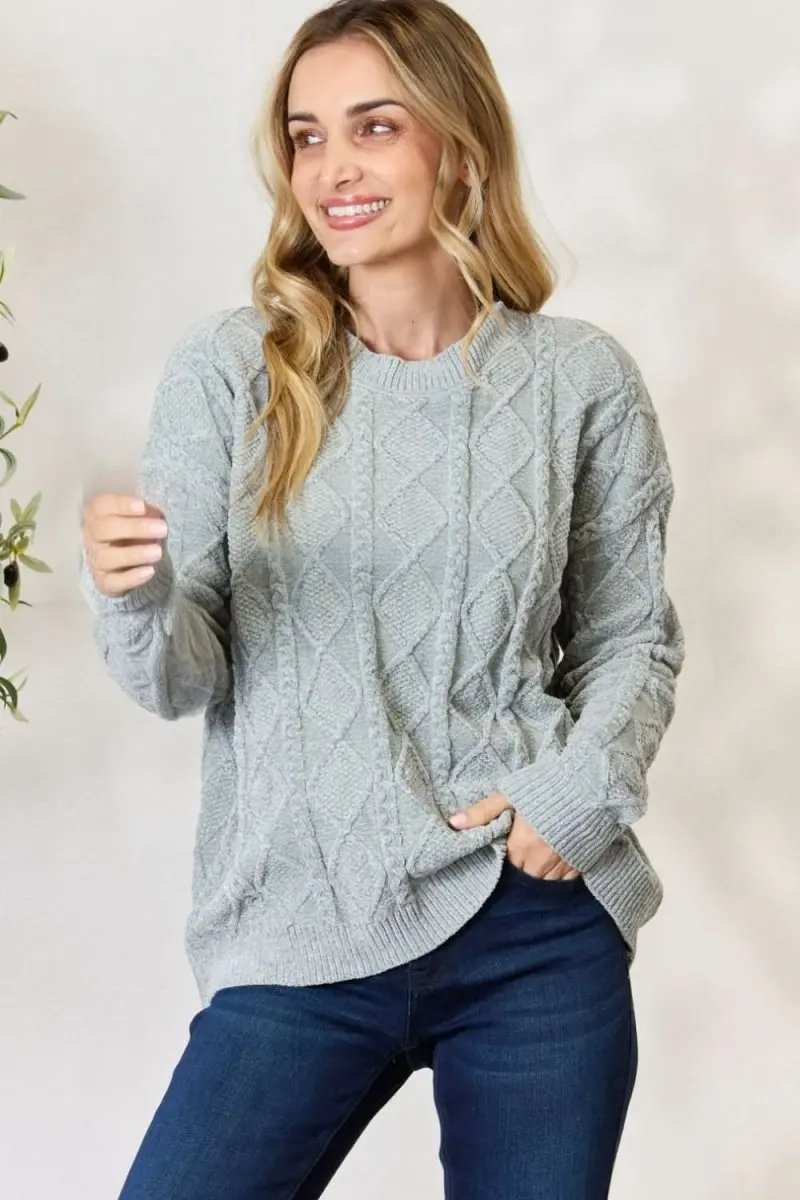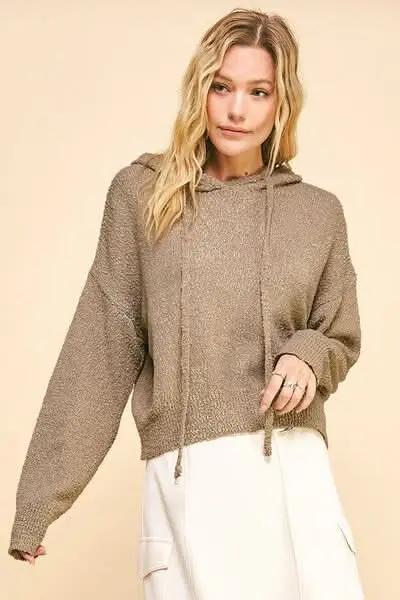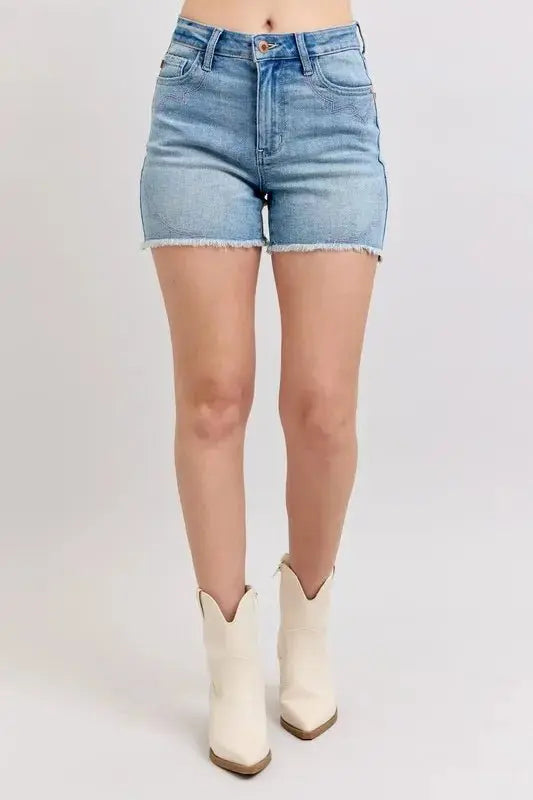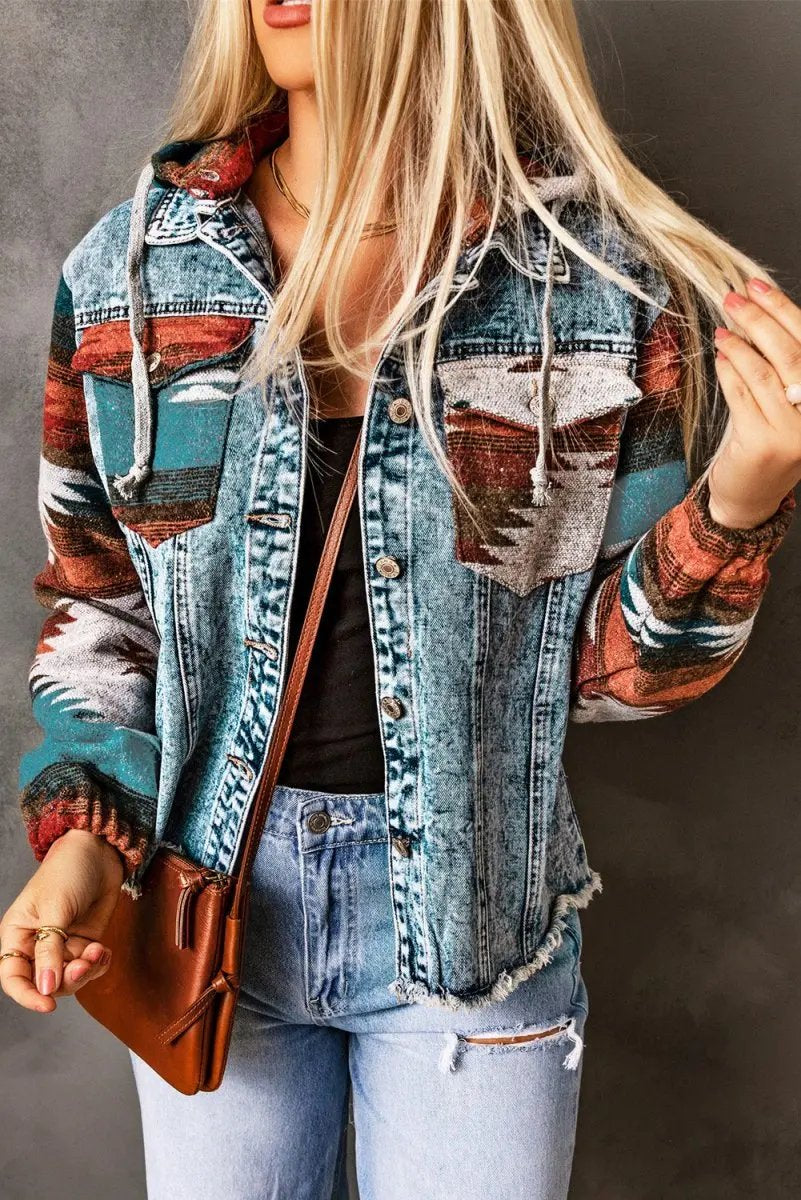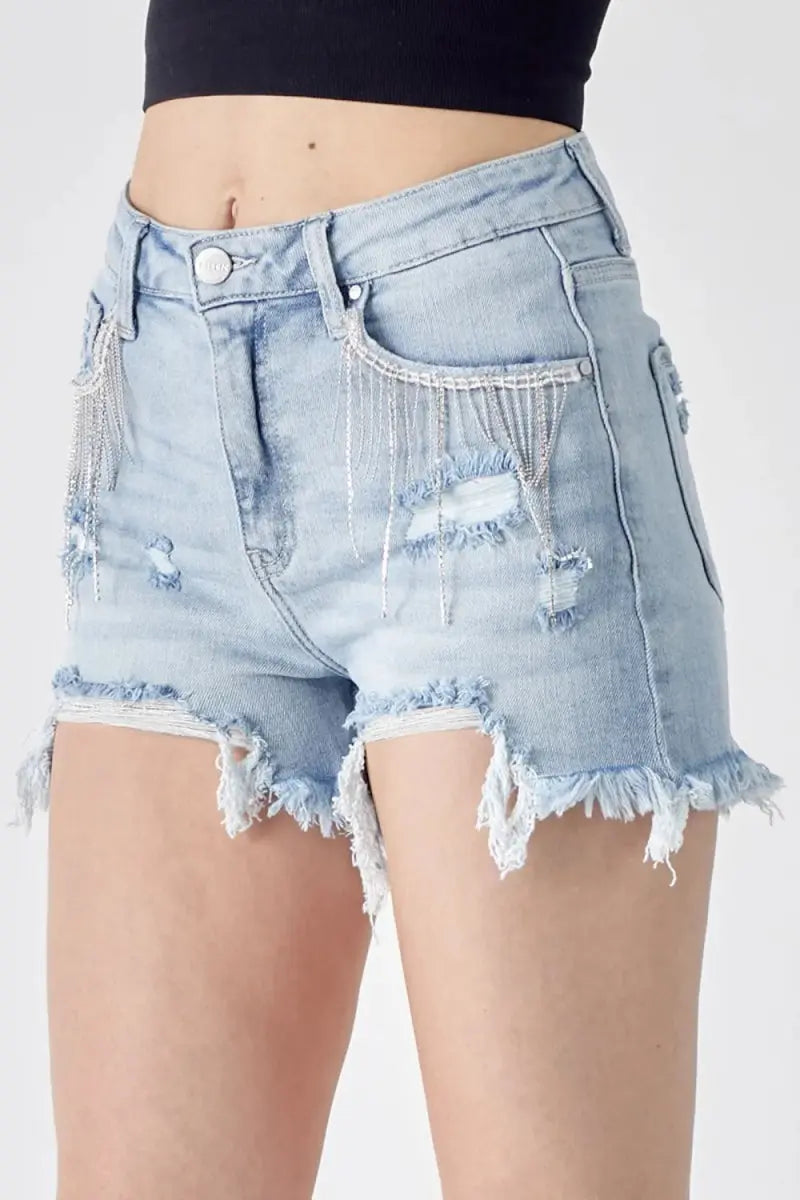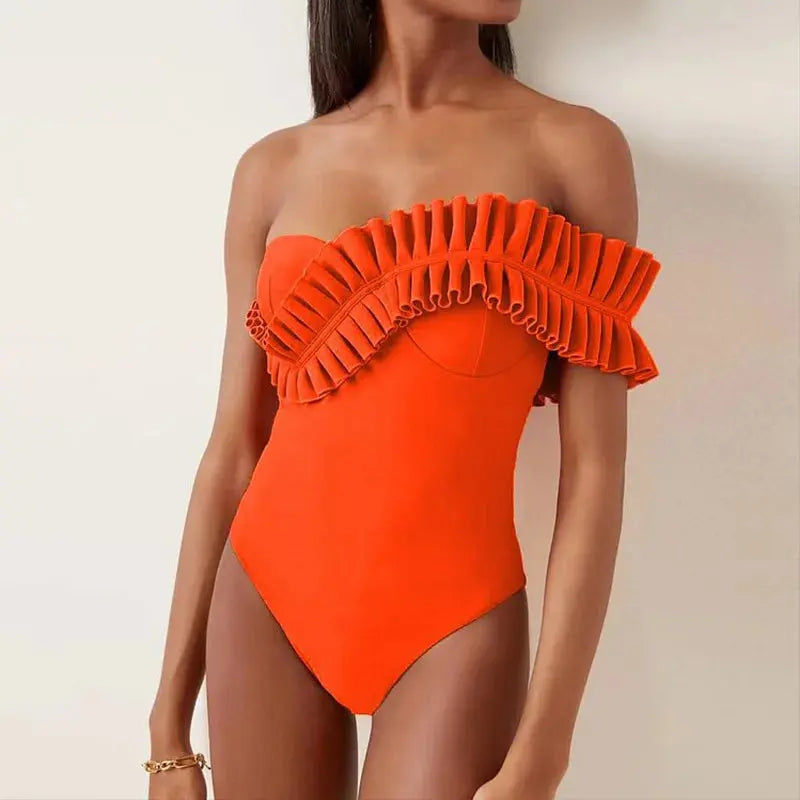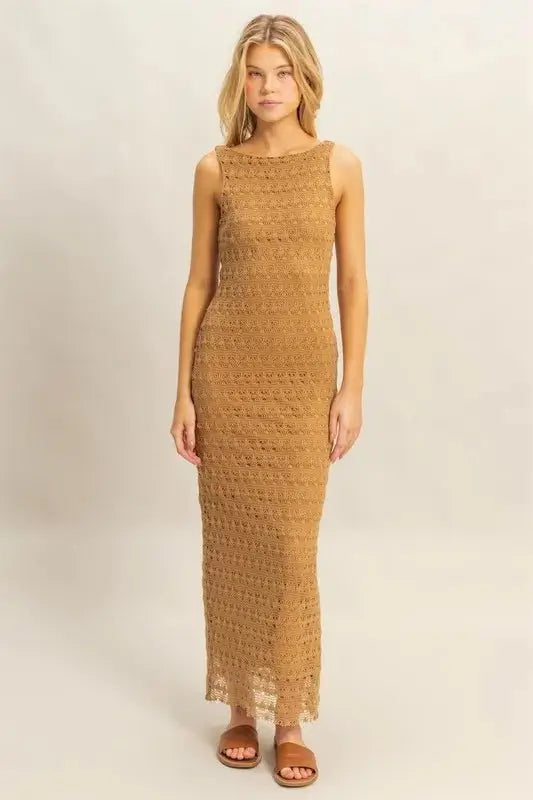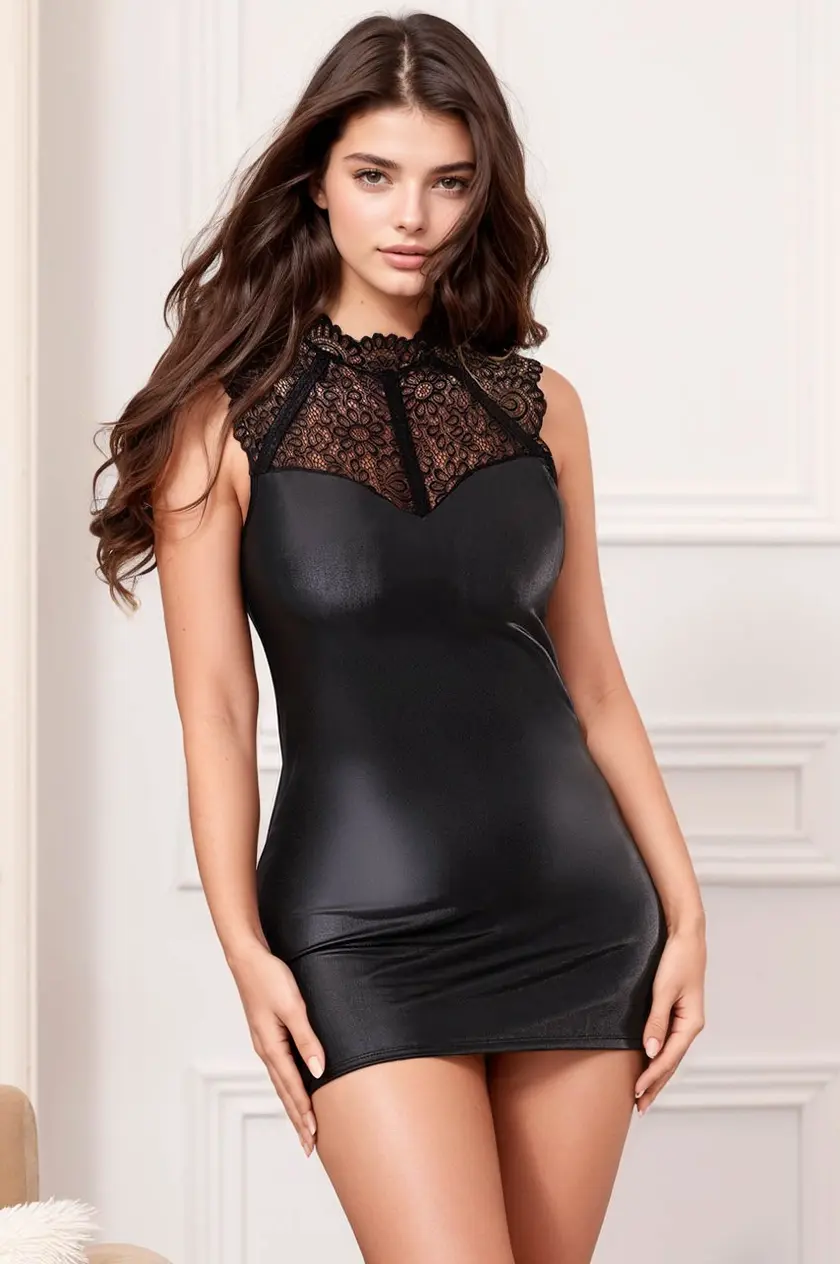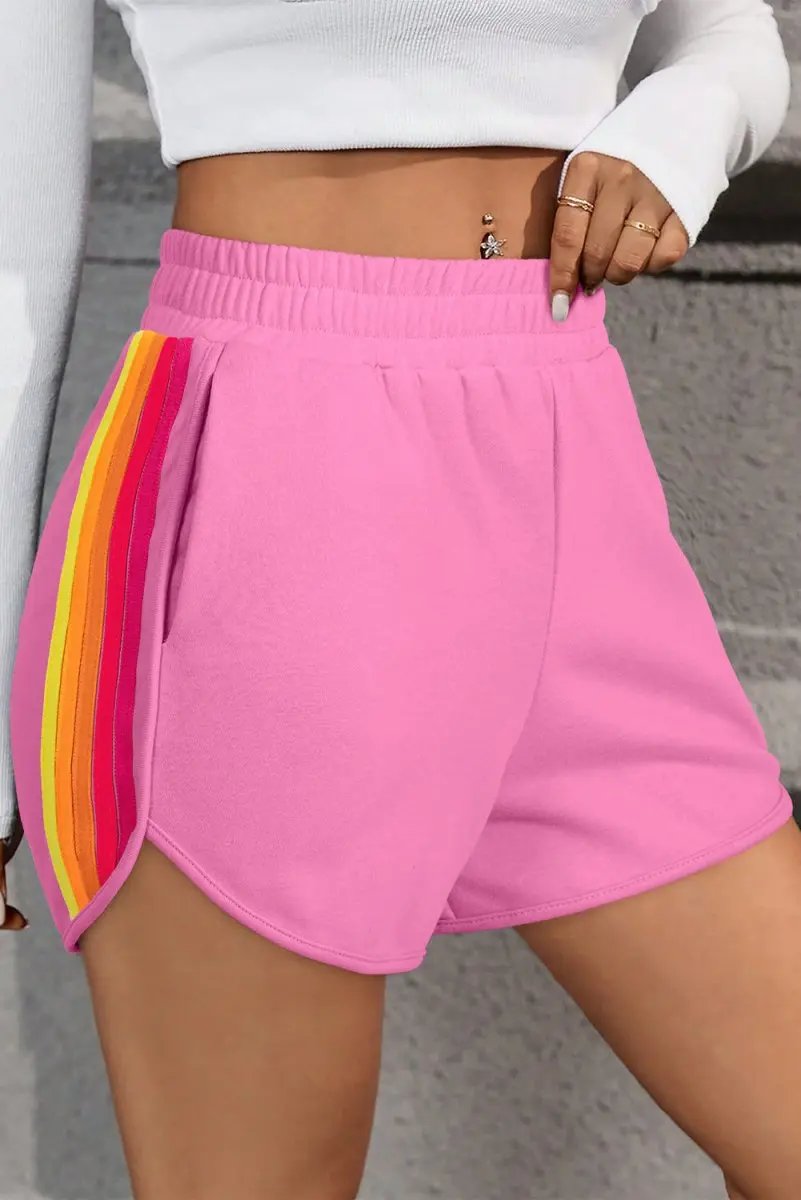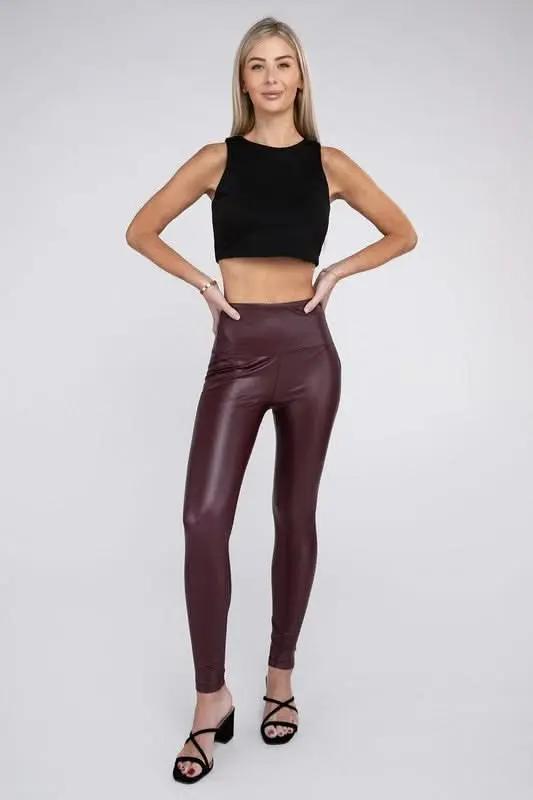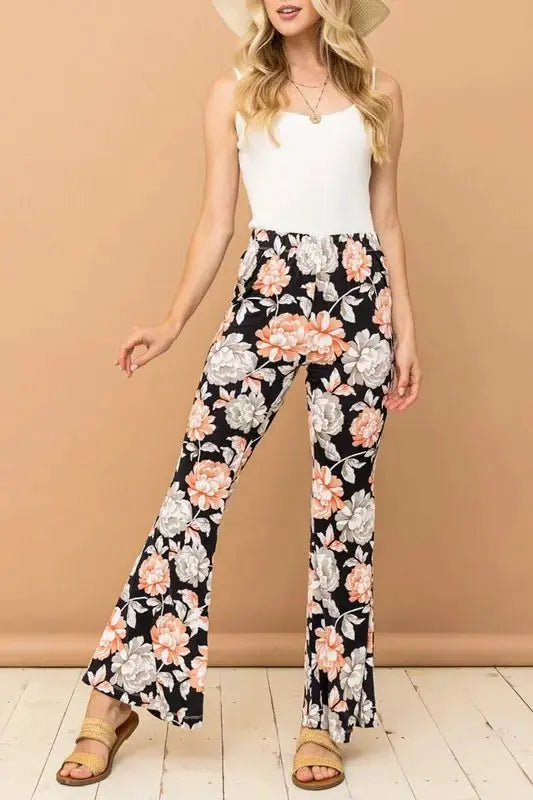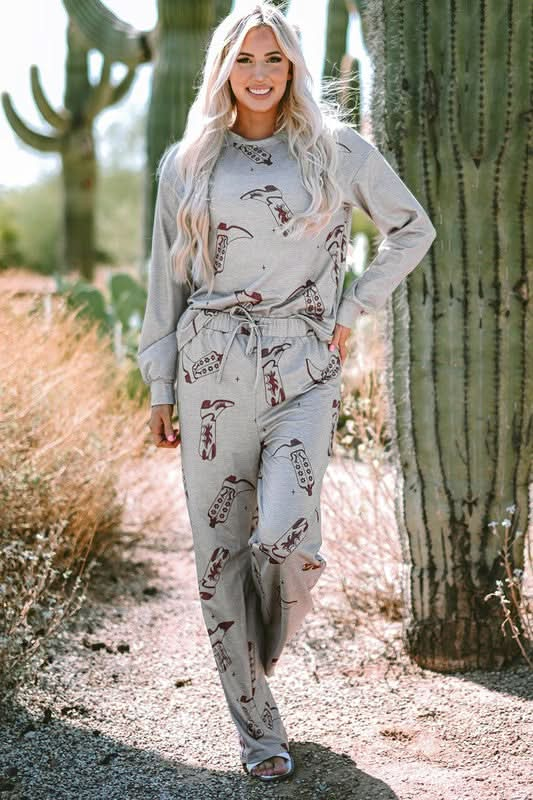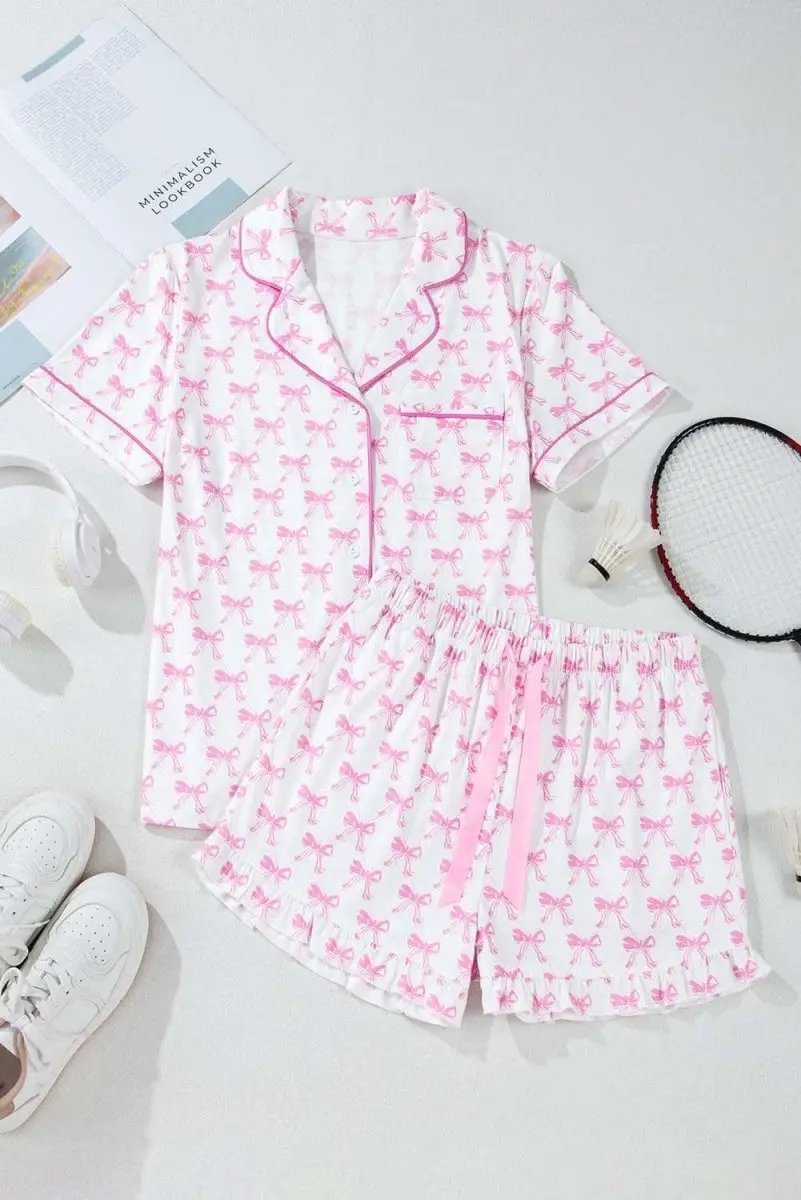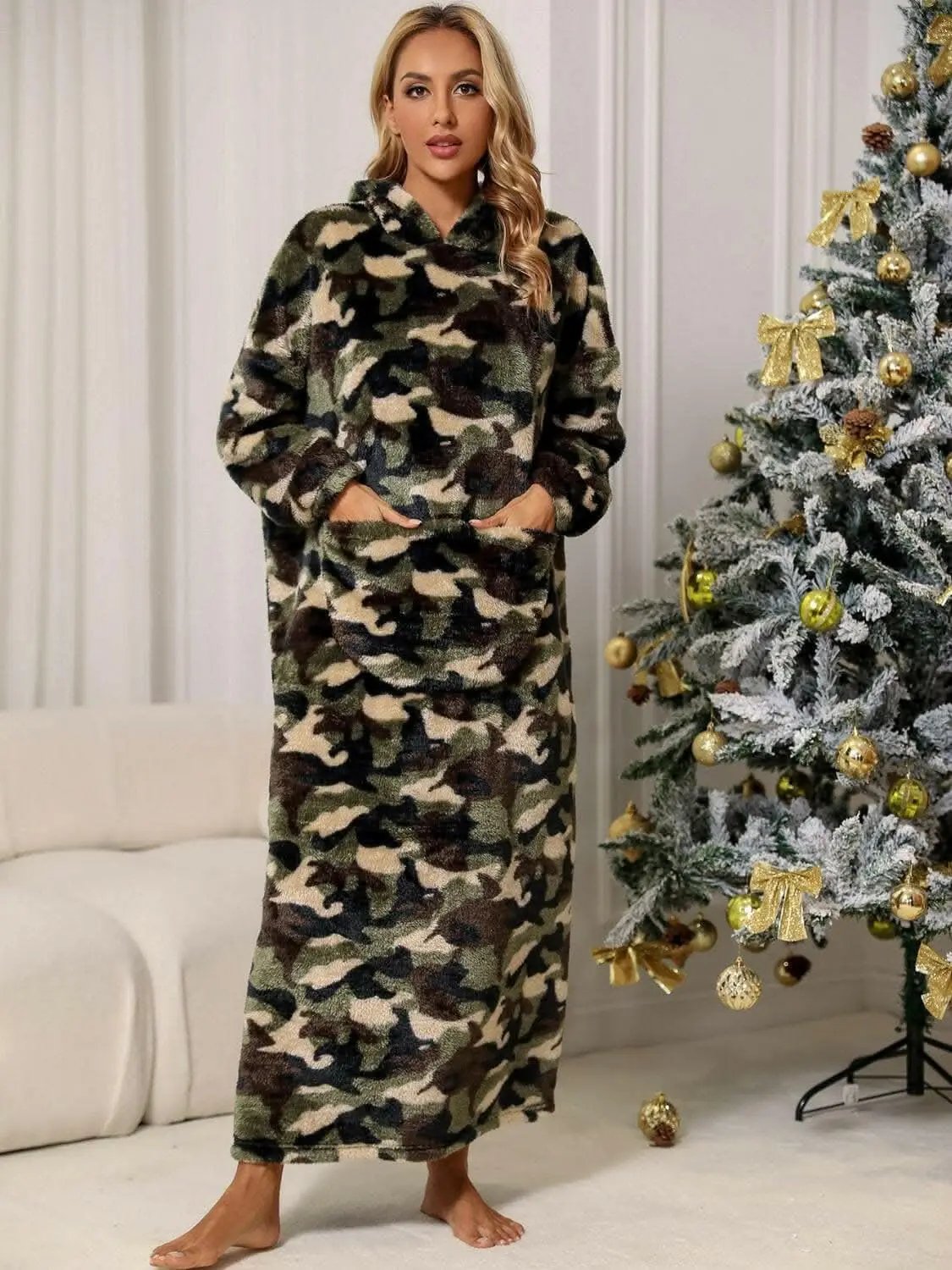Introduction
As we forge further into 2025, the fashion industry is undergoing a remarkable transformation driven by a dual commitment to sustainability and inclusivity. Plus-size fashion brands, long championing body positivity, are now at the forefront of adopting innovative eco-friendly materials that not only enhance the aesthetic and comfort of garments but also significantly reduce environmental impact. This evolution reflects a broader societal shift where consumers seek ethical choices that align with their values, making eco-conscious fashion a key trend in the plus-size segment this year.
The Escalating Demand for Eco-Friendly Materials in Plus-Size Fashion
The global awareness of climate change, pollution, and resource depletion has spurred consumers to demand more sustainable fashion options. Plus-size consumers, in particular, are seeking brands that prioritize eco-friendly practices, recognizing that their purchasing choices can contribute to a more sustainable future. As a result, fashion houses are investing in research and development to discover and incorporate eco-friendly materials that meet the needs of larger body types while preserving the planet.
Breakthrough Materials Reshaping the Industry
Several innovative textiles and sustainable materials have gained prominence in 2025, revolutionizing the manufacture of plus-size apparel. They combine advanced technology with eco-conscious principles, providing durability, comfort, and style without sacrificing environmental responsibility.
Key Innovative Eco-Friendly Materials in Plus-Size Fashion
- Bamboo Fabric: This rapidly renewable resource has cemented its place as a sustainable textile. Its fibers are soft, breathable, and naturally antibacterial—ideal for everyday plus-size wear. Brands are now using bamboo-based fabrics in everything from dresses to activewear, emphasizing comfort and eco-responsibility.
- Piñatex: Derived from pineapple leaf fibers, Piñatex is an innovative plant-based leather alternative that is biodegradable and cruelty-free. It’s increasingly used in plus-size accessories such as handbags, shoes, and even clothing accents, meeting consumer demand for stylish yet ethical options.
- Recycled Polyester: Made from plastic waste like discarded bottles and textiles, recycled polyester dramatically reduces landfill mass and resource consumption. It’s especially popular in athletic and casual wear, offering stretch, durability, and moisture-wicking properties suitable for diverse body types.
- Tencel Lyocell: Produced via a closed-loop process from sustainably managed eucalyptus forests, Tencel Lyocell boasts exceptional softness and breathability. Its eco-friendly production method attracts brands aiming to reduce their water and energy footprint, creating comfortable plus-size garments that are both stylish and sustainable.
- Hemp Fabric: An ancient textile revived in modern sustainable fashion, hemp grows quickly with minimal pesticide or herbicide use and requires less water. Its durability makes it ideal for creating long-lasting plus-size apparel, from trousers to jackets.
Advantages of Integrating Eco Materials in Plus-Size Fashion
- Sustainable Impact: Significantly reduces carbon emissions, water usage, and waste, helping combat environmental degradation.
- Enhanced Comfort and Fit: New age fabrics offer stretch, flexibility, and breathability, critical for plus-size clothing that emphasizes comfort without compromising style.
- Market Differentiation: Brands leveraging eco-friendly innovations stand out, attracting environmentally conscious consumers looking for both style and ethics.
- Supporting Ethical Practices: Promotes fair labor, responsible sourcing, and transparent supply chains, reinforcing brand integrity.
- Long-Term Cost Savings: Durable, sustainable fabrics often have longer lifespans, reducing the need for frequent replacements and waste.
The Role of Technology and Innovation
Emerging technological advancements are accelerating the development and adoption of eco-friendly materials. Innovations such as nanotechnology enable fabrics to be stain-resistant and odor-free without harmful chemicals, while 3D knitting reduces waste during manufacturing. These technologies facilitate the creation of plus-size fashion that is both eco-conscious and high-quality. Digital tools also assist brands in sourcing responsible materials and transparent supply chain management, further supporting sustainability goals.
Fashion Brands Leading the Charge
Several forward-thinking plus-size brands are pioneering the use of innovative eco-materials, setting industry standards:
- Curve Eco: Focuses exclusively on plus-size sustainable fashion, utilizing bamboo, hemp, and recycled fibers in their collections.
- Inclusivity & Sustain: Combines body positivity with eco-friendly fabrics like Tencel and Piñatex in their eco-conscious plus-size lines.
- GreenCurve: Innovates with biodegradable textiles and promotes zero-waste patterns specifically designed for larger sizes.
Challenges and Opportunities
Despite promising innovations, the industry faces challenges such as higher costs of sustainable materials, supply chain complexities, and consumer awareness. However, these obstacles present opportunities for brands to invest in R&D, educate consumers, and build loyalty based on shared values of sustainability and inclusivity.
Looking Forward: The Future of Plus-Size Eco Fashion
By 2025, the integration of eco-friendly materials into plus-size fashion will become a standard practice rather than an exception. The ongoing development of new, sustainable fabrics, coupled with increasing consumer demand, will lead to more innovative, affordable, and stylish options. The trend supports a future where fashion does not come at the expense of the environment and is inclusive of all body types.
Conclusion
The fusion of sustainability and inclusivity through innovative eco-friendly materials is redefining the future landscape of plus-size fashion in 2025. As brands and consumers champion responsible practices, we can expect a richer variety of stylish, durable, and environmentally respectful clothing options. This movement not only empowers individuals to embrace their bodies but also fosters a healthier planet for generations to come. Embracing these changes signifies a new era of fashion where ethical choices and diverse beauty standards go hand in hand, leading to a more vibrant, sustainable industry.
